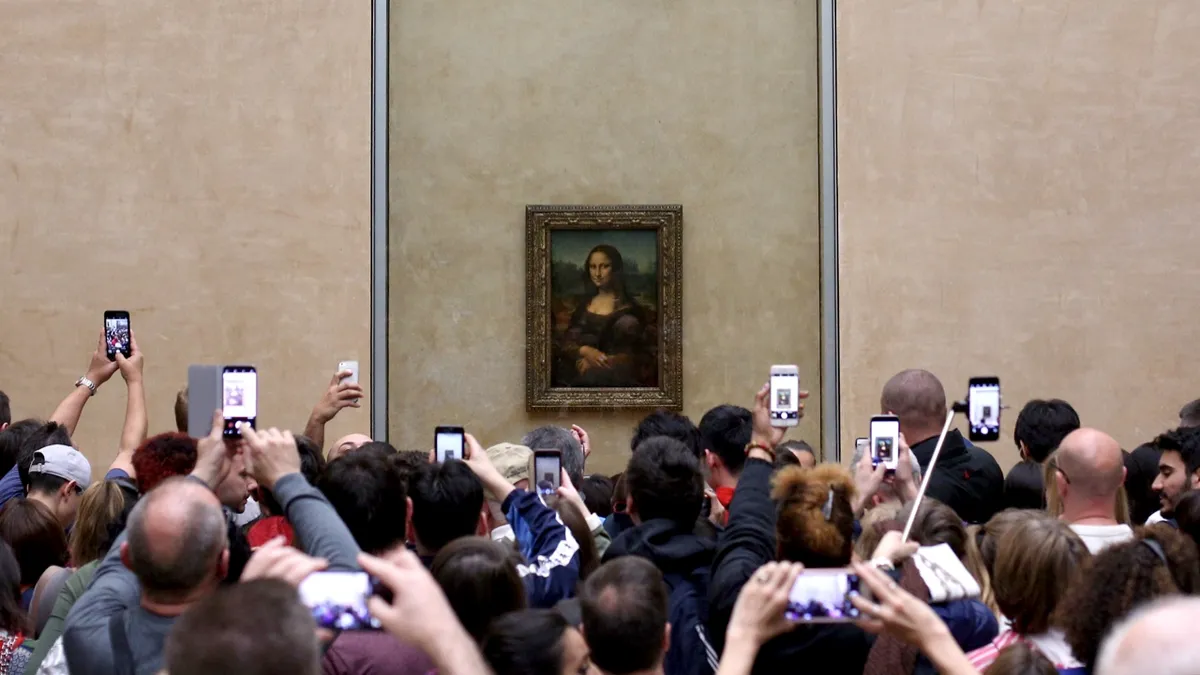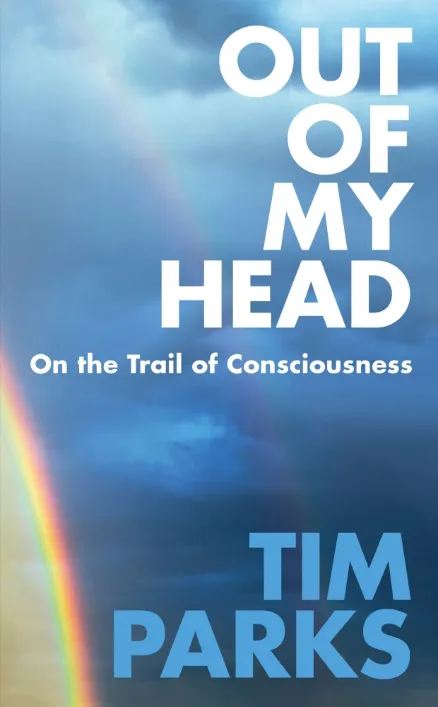Where is your experience? The question might appear a no-brainer. It’s in my brain. The computer screen you’re looking at, the traffic noise from the street, the smell of fresh coffee, obviously these things are out there, in the world, but my experience of them is in my head. Same with memories of past experience, surely. Same with thinking, attaching words to experiences and rearranging them at will. Where could they be if not in my head?
This conviction is as old as science and implies a radical separation between the world outside and human experience in the head. “Taste, smell and colour” existed “only inside the sensitive body,” decided Galileo in 1623, while out there in the world there were just “quantities, numbers, and relations,” things that science could get on and measure. Today’s neuroscientists tend to agree. “If you could perceive reality as it really is,” writes David Eagleman in his bookThe Brain: The Story of You, “you would be shocked by its colourless, odourless, tasteless silence.” Fortunately for us, he goes on, the brain is “adept” at turning this “into a rich sensory experience.”
This notion of a radical split between human experience and ‘reality’ fitted in conveniently with religious notions of an immaterial soul located in the head and sufficiently detached from the world to elude the body’s death and rise up to heaven. The philosopher Descartes confirmed the whole mind set in 1637 when he posited a conscious, thinking soul in the brain, interfacing with the ordinary material world of the body through the pineal gland at the top of the spine. A couple of centuries later scientists could forget the immaterial, “spiritual” entities and set about seeing exactly how the material brain gave us tastes, smells and colours, thoughts and memories. All in the head.
Have they done it? Reading the work of neuroscientists you might be tempted to think they had. The bizarre geography of the brain has been thoroughly mapped and explored, its different compartments identified and analysed, its 85 billion intensely interconnected neurons studied in all their extraordinary chemical and electrical complexity. Above all scientists have established any number of ‘neural correlates of consciousness’ (NCC), which is to say that they can tell you which part of the brain will be active in relation to which kind of experience. Sight correlates with activity in the visual cortex, hearing with the auditory cortex, smell with the rhinencephalon, touch with Penfield’s cortical homunculus, and so on. We even know that electrical stimulation of certain parts of the brain can provoke correlating kinds of experience.
But does this mean that the neural activityisthe experience? When we open the brain, cut it into the thinnest slices and place these under the microscope, we do not find any of the properties of our experience, just neurons. We do not find a chocolaty taste in the anterior insula, we do not identify the traumatic experience remembered, supposedly, in the amygdala. In short, although we know the brain must be involved, we still have no idea how something can be simultaneously out there and, as we believe, in our heads.
Neuroscientists, and many philosophers too, skirt round the problem by talking about “images” and “representations”, taking refuge in an analogy that compares the brain with a computer, or even a phone. “My memories are stored in my brain as my photos, in my phone,” says philosopher David Chalmers, who famously coined the expression “the hard problem” to describe our difficulty understanding conscious experience. Open the phone, and you won’t find the photos, but we know they are stored there.
Alas, the analogy doesn’t hold. Photos appear on the screen of a phone where a viewer sees them. In the phone itself are only microchips made of transistors hosting millions of tiny electric charges, usually described as bits, whose binary coding coupled with the technology of the screen allows the photo to appear. But there is no photo in the microchips and the phone doesn’t see a photo or know its screen is showing one.
Neuroscientists have spent decades looking for something in the brain that might correspond to the phone’s screen, a centre of perception where representations could somehow be projected for consumption by some mysterious internal self, but they have now resigned themselves to its non-existence. Yet they continue to talk about representations. A typical neuroscience paper, for example, concludes with the assertion that “odour representations” occur in the lateral entorhinal cortex. But what is an odour representation? Read the article and you discover that what the authors have really demonstrated is that there is neural activity in this area when mice are exposed to strong smells.
Is there a way out of this impasse? Some years ago I was at a conference on Neuroscience and Art where Semir Zeki, Professor of Neuroesthetics at University College, London, was making the claim that neuroscience can make a contribution to art criticism using scientific instruments to analyse in an objective way the processes by which the brain generates the images we see. “But Professor Zeki,” a rather wild young man bounced to his feet, “There are no images!’
He spoke for about five minutes. Everyone, he said, was focusing on what happened in the brain. Everyone was talking about input and output and information processing. Everyone imagined a subject quite separate from an object, as a result of which they had to suppose there were little pictures in the subject’s brain representing the world outside the brain, little sounds in the brain, shapes in the brain, and so on. None of this could be demonstrated.
The brain was a greyish mass of billions of neurons and various chemical substances. It did not contain the world. If you closed your eyes, the world disappeared. You could not cross the room you were in with your eyes closed. To have visual experience you needed the world. Aesthetic experience, like all other experience, was not locked up in the head; the experience of theMona Lisawas theMona Lisaas your perceptive faculties allowed it to exist when you stood before it in the Louvre. This was why people went to see theMona Lisarather than gloating over supposed images of it stored in their heads.

The speaker was Riccardo Manzotti. Over the last decade he has developed a theory that is now exciting growing interest, consternation, and in some cases derision, around the world. Set out in the book,The Spread Mind: why consciousness and the world are one, Manzotti’s starting point is to take conscious experienceseriously, as a real something, not a mental hallucination separate from the world. So, like all real things, it has to have a physical location. If we accept, then, that there is no representation of an apple in the brain when we see an apple, the only solution is that the experienceisthe apple as seen. It lies outside the head. Likewise for all other experiences. Our moment-by-moment consciousness is made of the world our body encounters. Experience – and weareour experience – is the world as it exists in specific relation to our bodies, which include of course our marvellous brains.
There are endless objections one immediately wants to make to this. What about dreams? Don’t we have visual experience then without contact with the things we are seeing? What about words chattering in my mind? And what about distance? If I am seeing a twilight view of nearby trees and distant mountains, the evening star perhaps rising above them, aren’t all these objects arranged at different visual time lapses from my body? The tree milliseconds away, the star years away. Is my experience of them spread across time and space?
Yes, is Manzotti’s answer, and one by one, without ever contradicting the laws of physics or the findings of neuroscience, he answers all these objections. The key is his understanding, in line with Einstein, and quantum physics, that all objects exist in so far as they are relative to other objects. Just as an object’s velocity – a real physical property – changes depending on what other object it is in relation with, so other physical properties, colour for example, will be relative and allow for different experiences when in relation to different bodies, of humans or mammals, or insects. There are no absolute objects, no final reality to be dismayed about because colourless, tasteless, soundless, etc., only objects that exist in so far as they are in relation to each other. The human body and human brain, being highly complex objects, permit the world that is our experience to be as we know it, not in our heads, but out there where it is.
In 2014, I decided to try to make this paradigm shift, to live with the conviction that my experience actually is out there with objects perceived, to talk about it to scientists and philosophers, to see if it made sense and to write about it. The result isOut of My Head: on the Trail of Consciousness. Aside from every other consideration, it has proved immensely cheering, living with the sense that far from being separate from the world, we are one with it. A no brainer.

Follow Science Focus onTwitter,Facebook, Instagramand Flipboard
